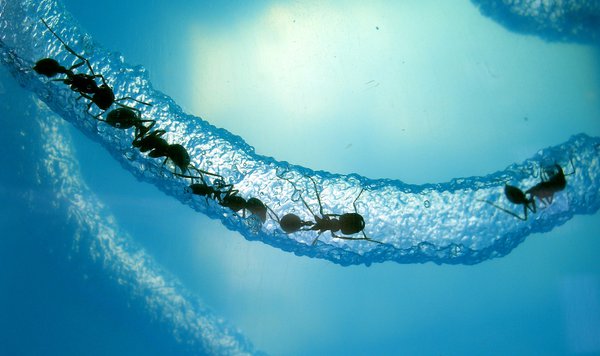shin_getter
ACCESS: Top Secret
- Joined
- 1 June 2019
- Messages
- 1,105
- Reaction score
- 1,484
New design concepts will be developed to make use of this. Hell, this may even be teh killer app.
Last edited:
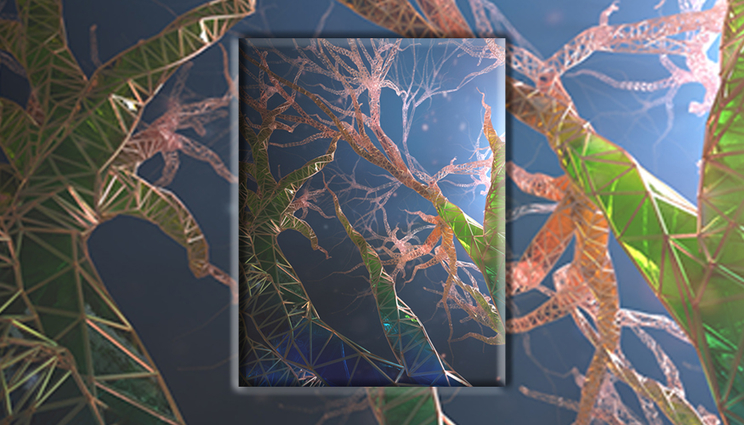
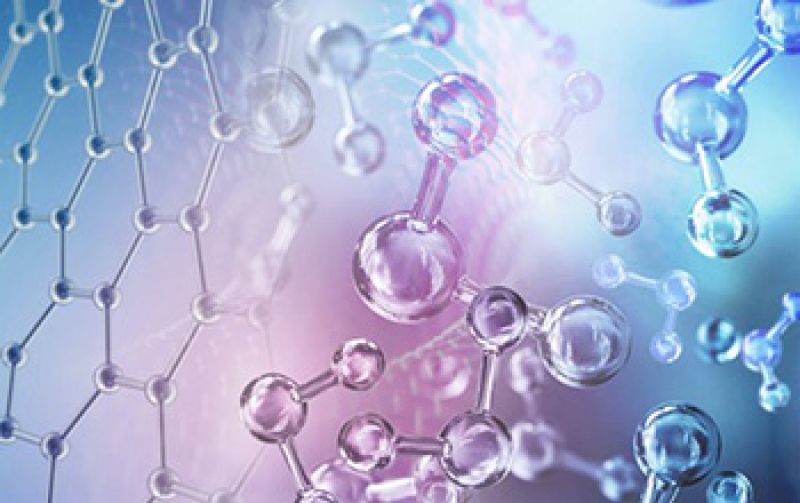

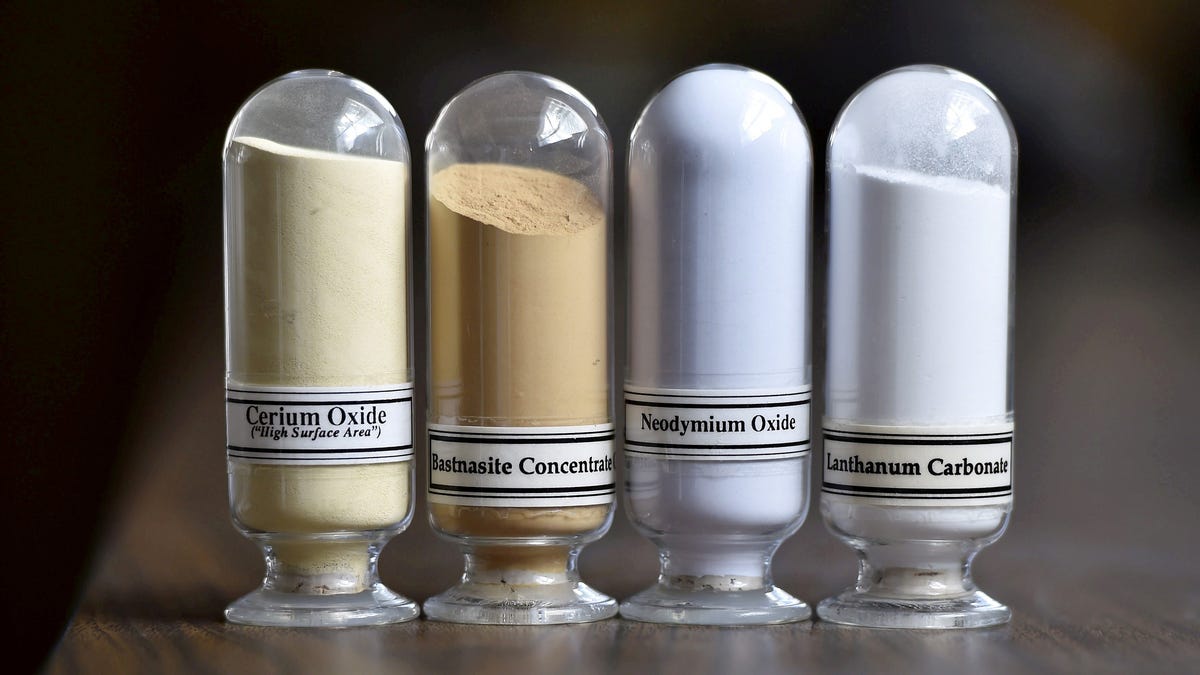
 qz.com
qz.com

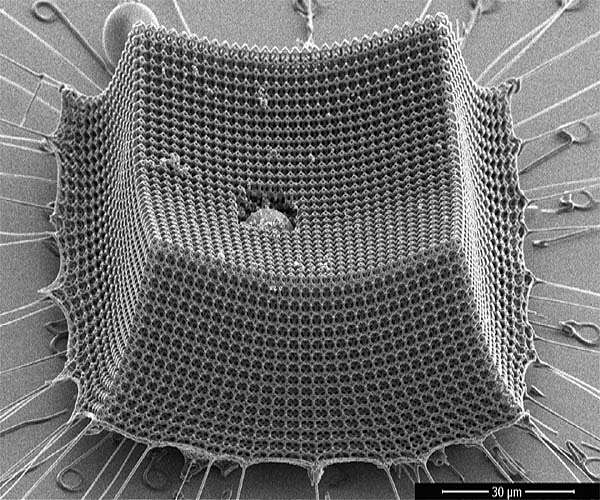
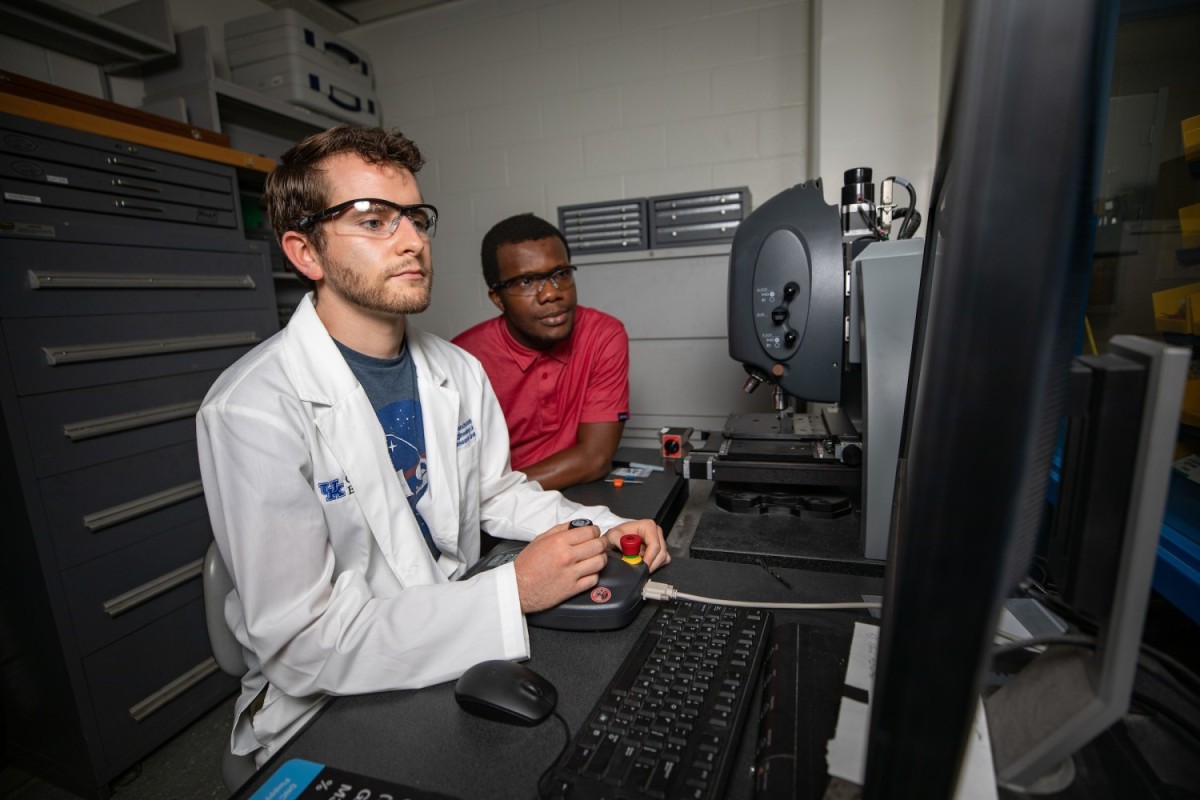
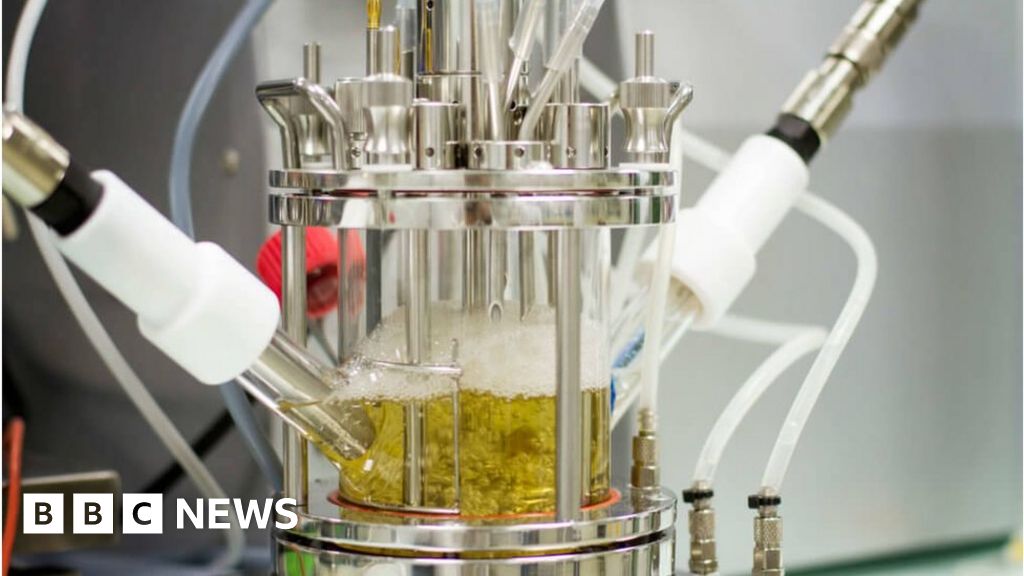
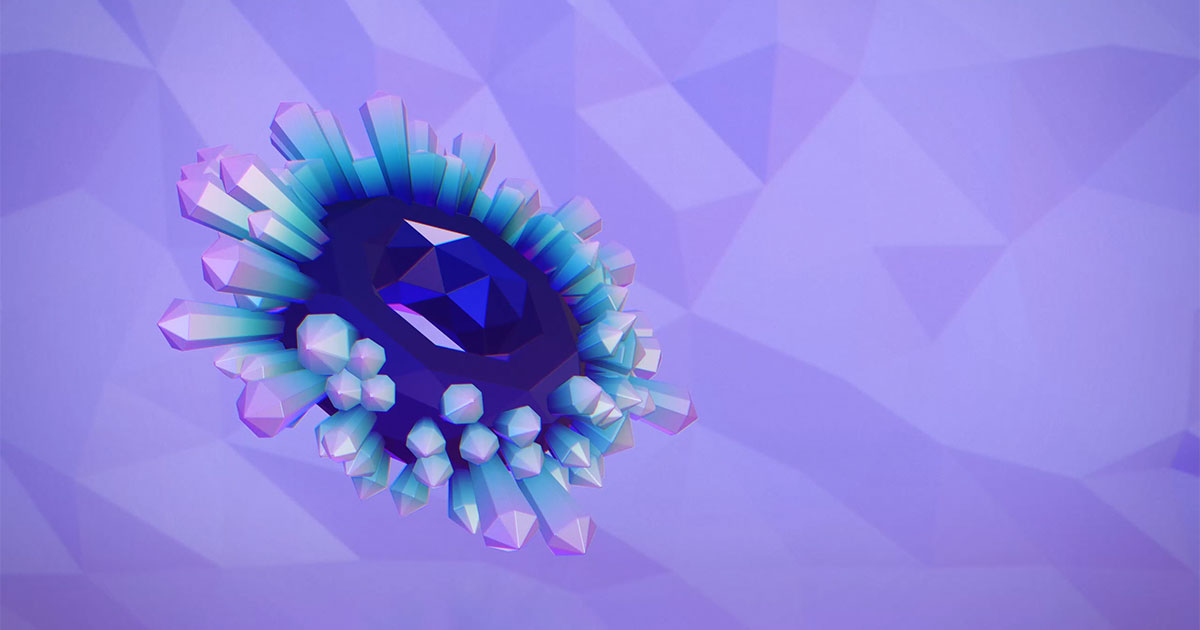

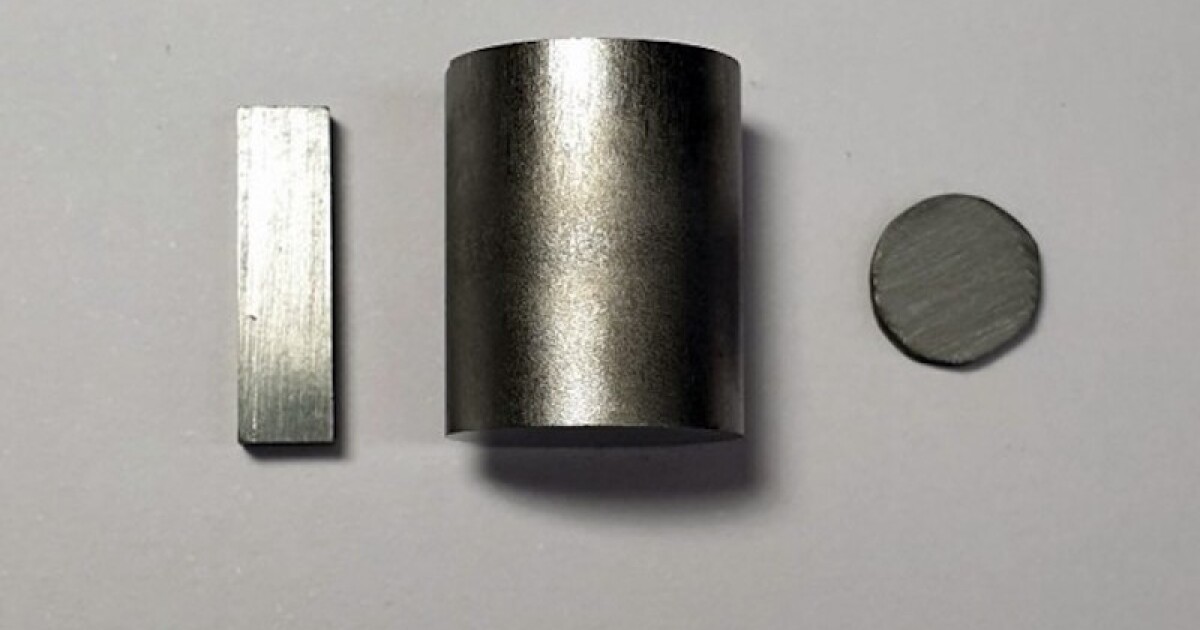
More here:New promising Thermo electric material (sad to see in paper that extracting directly a voltage or current value per volume/surface of material and temperature is so difficult) :

Extremely efficient thermoelectric material recycles waste heat
Engineers at Northwestern University have developed a new thermoelectric material that may be the most efficient one yet. The new and improved polycrystalline form of purified tin selenide has all the right properties to make it a practical material for converting waste heat into electricity.newatlas.com
Stemming the bleeding from a traumatic injury can save lives, but it’s hard to get adhesives to stick when blood is making everything wet. Now, MIT researchers have developed a new surgical glue that can halt bleeding within 30 seconds, inspired by the super-strong underwater adhesive used by barnacles.
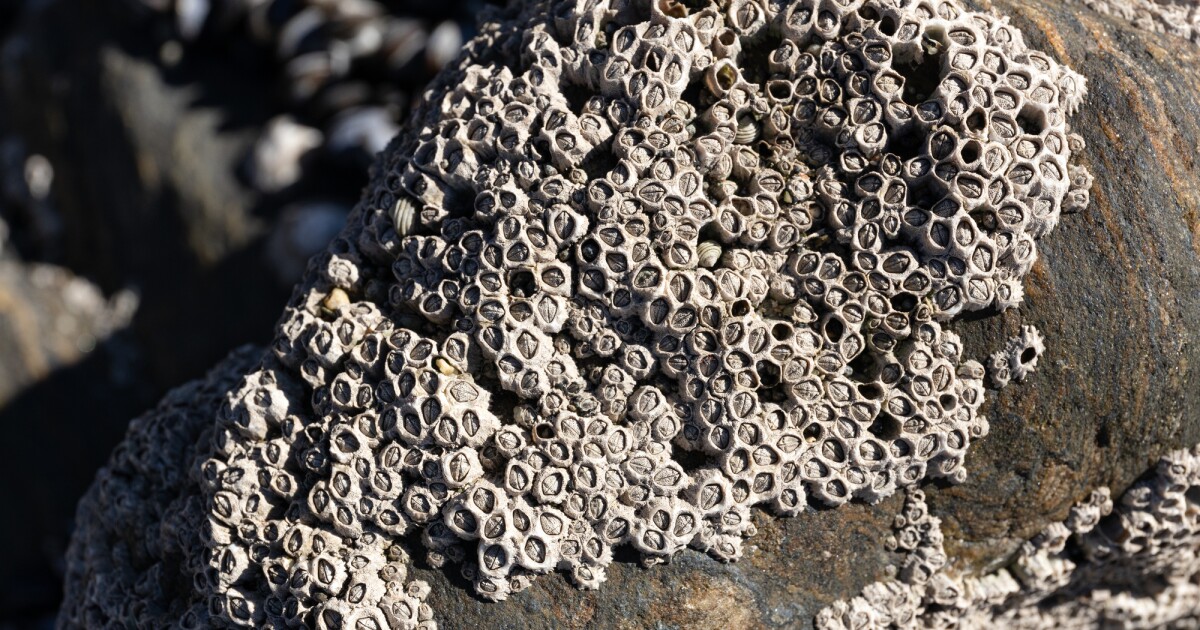

tl;dr They crushed Bucky's Balls.
World's Strongest Glass That's As Hard As Diamond Discovered - Slashdot
Hmmmmmm shares a report from The Independent: Scientists in China have developed the hardest and strongest glassy material known so far that can scratch diamond crystals with ease. The researchers, including those from Yanshan University in China, noted that the new material -- tentatively named...science.slashdot.org
I have to say, I'm a bit sceptical here.
The skepticism should be directed at The Independent and Slashdot: total science fails the both of them. Here’s the abstract of the research paper. Note no mention of glass.
World's Strongest Glass That's As Hard As Diamond Discovered - Slashdot
Hmmmmmm shares a report from The Independent: Scientists in China have developed the hardest and strongest glassy material known so far that can scratch diamond crystals with ease. The researchers, including those from Yanshan University in China, noted that the new material -- tentatively named...science.slashdot.org
I have to say, I'm a bit sceptical here.
Abstract
Carbon is one of the most fascinating elements due to its structurally diverse allotropic forms stemming from its bonding varieties (sp, sp2, and sp3). Exploring new forms of carbon has always been the eternal theme of scientific research. Herein, we report the amorphous (AM) carbon materials with high fraction of sp3 bonding recovered from compression of fullerene C60 under high pressure and high temperature previously unexplored. Analysis of photoluminescence and absorption spectra demonstrates that they are semiconducting with a bandgap range of 1.5–2.2 eV, comparable to that of widely used amorphous silicon. Comprehensive mechanical tests demonstrate that the synthesized AM-III carbon is the hardest and strongest amorphous material known so far, which can scratch diamond crystal and approach its strength. The produced AM carbon materials combine outstanding mechanical and electronic properties, and may potentially be used in photovoltaic applications that require ultrahigh strength and wear resistance.
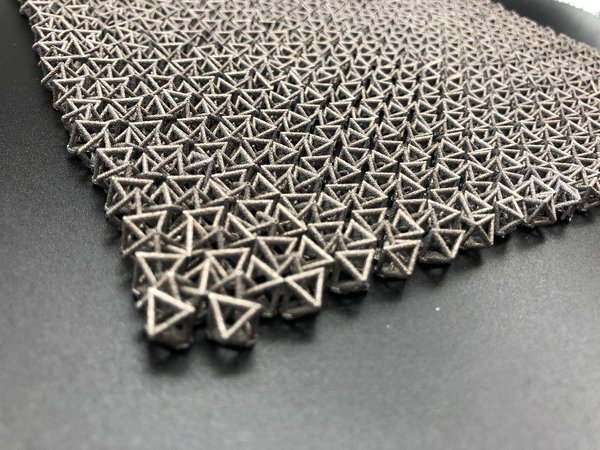
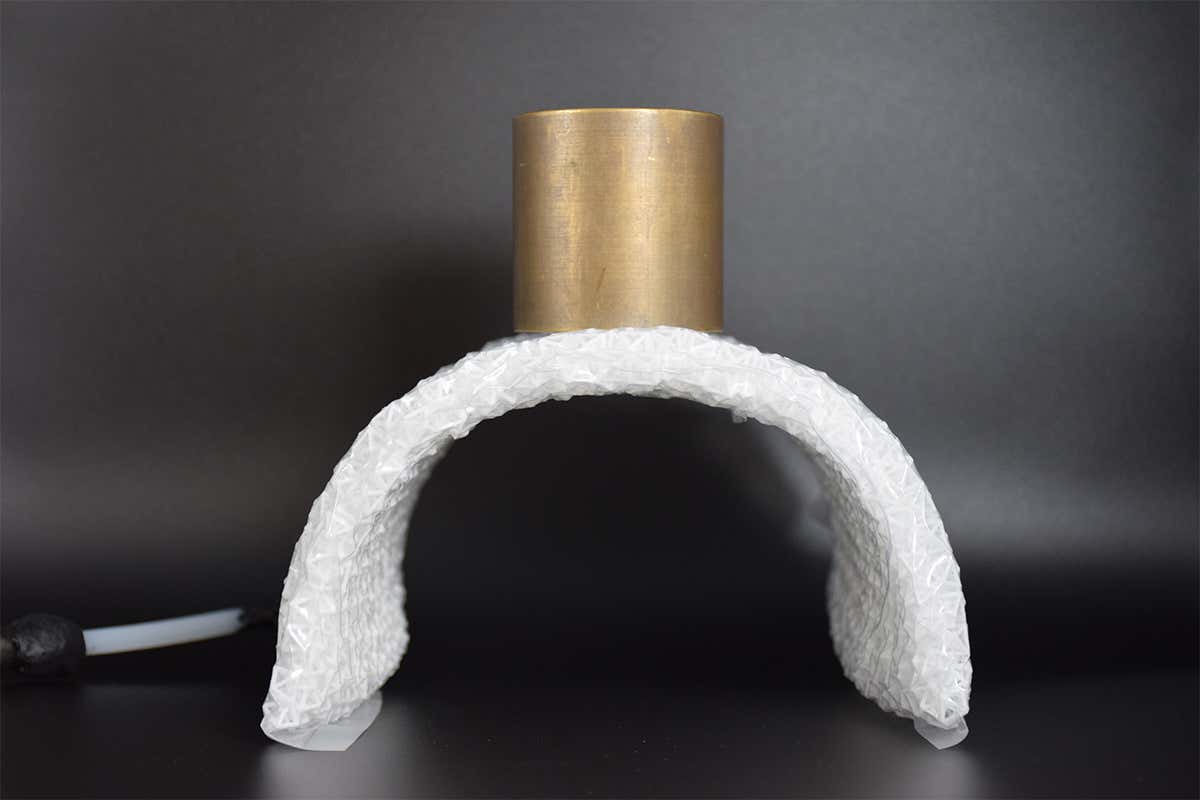
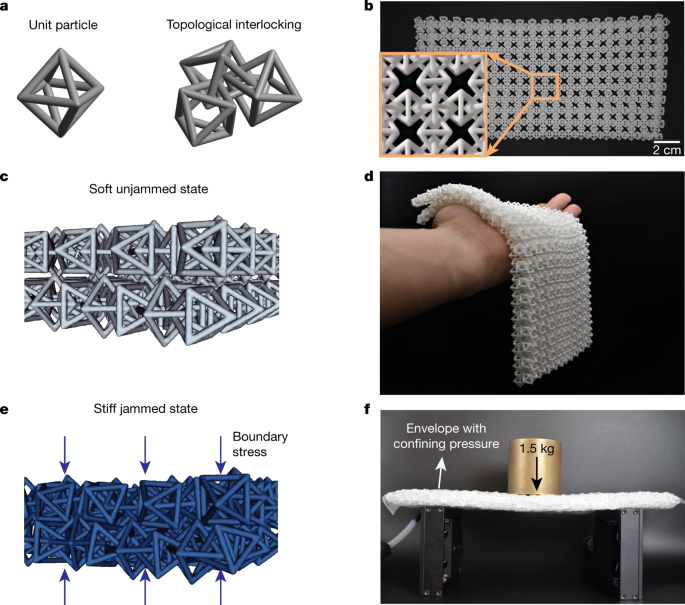


The skepticism should be directed at The Independent and Slashdot: total science fails the both of them. Here’s the abstract of the research paper. Note no mention of glass.
World's Strongest Glass That's As Hard As Diamond Discovered - Slashdot
Hmmmmmm shares a report from The Independent: Scientists in China have developed the hardest and strongest glassy material known so far that can scratch diamond crystals with ease. The researchers, including those from Yanshan University in China, noted that the new material -- tentatively named...science.slashdot.org
I have to say, I'm a bit sceptical here.
Abstract
Carbon is one of the most fascinating elements due to its structurally diverse allotropic forms stemming from its bonding varieties (sp, sp2, and sp3). Exploring new forms of carbon has always been the eternal theme of scientific research. Herein, we report the amorphous (AM) carbon materials with high fraction of sp3 bonding recovered from compression of fullerene C60 under high pressure and high temperature previously unexplored. Analysis of photoluminescence and absorption spectra demonstrates that they are semiconducting with a bandgap range of 1.5–2.2 eV, comparable to that of widely used amorphous silicon. Comprehensive mechanical tests demonstrate that the synthesized AM-III carbon is the hardest and strongest amorphous material known so far, which can scratch diamond crystal and approach its strength. The produced AM carbon materials combine outstanding mechanical and electronic properties, and may potentially be used in photovoltaic applications that require ultrahigh strength and wear resistance.
Not that I'm aware of. At the moment I think it's proof-of-concept. I don't imagine that it would be light.Is there any indication of a Cost and weight per a given surface area?

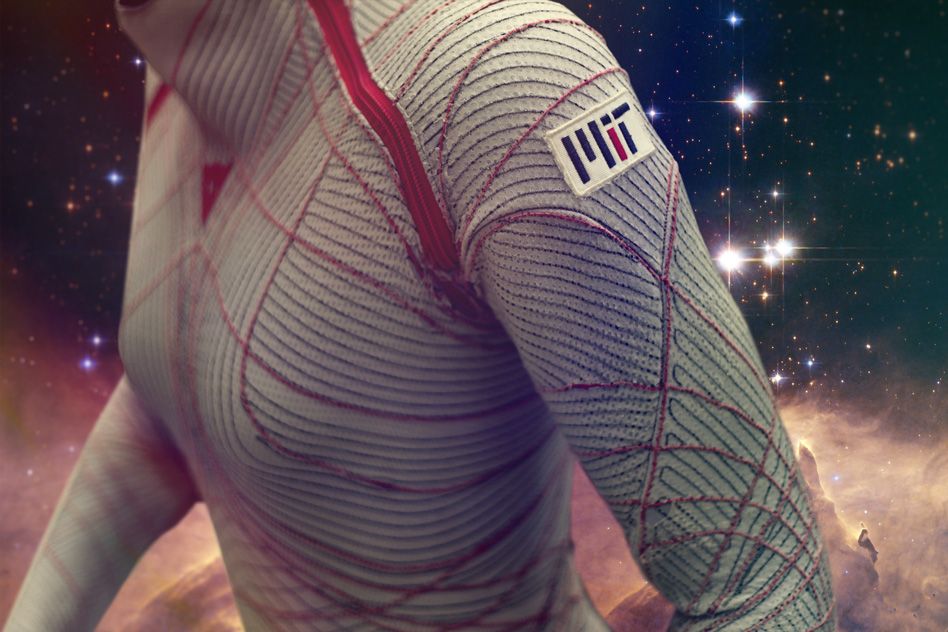
Generally archaic now, for the obvious reasons of scientific advances expanding the chances for confusion. Good point about production - materials like these will be more useful for investigating how the material properties come about, and how that can be applied to materials which are more productionizable
'glass' is used in a broader sense here, they're referring to a solid that's amorphous rather than crystalline.
The problem with this material is in production: it's created in a diamond anvil cell (i.e. only a tiny amount can be created in one production cycle).
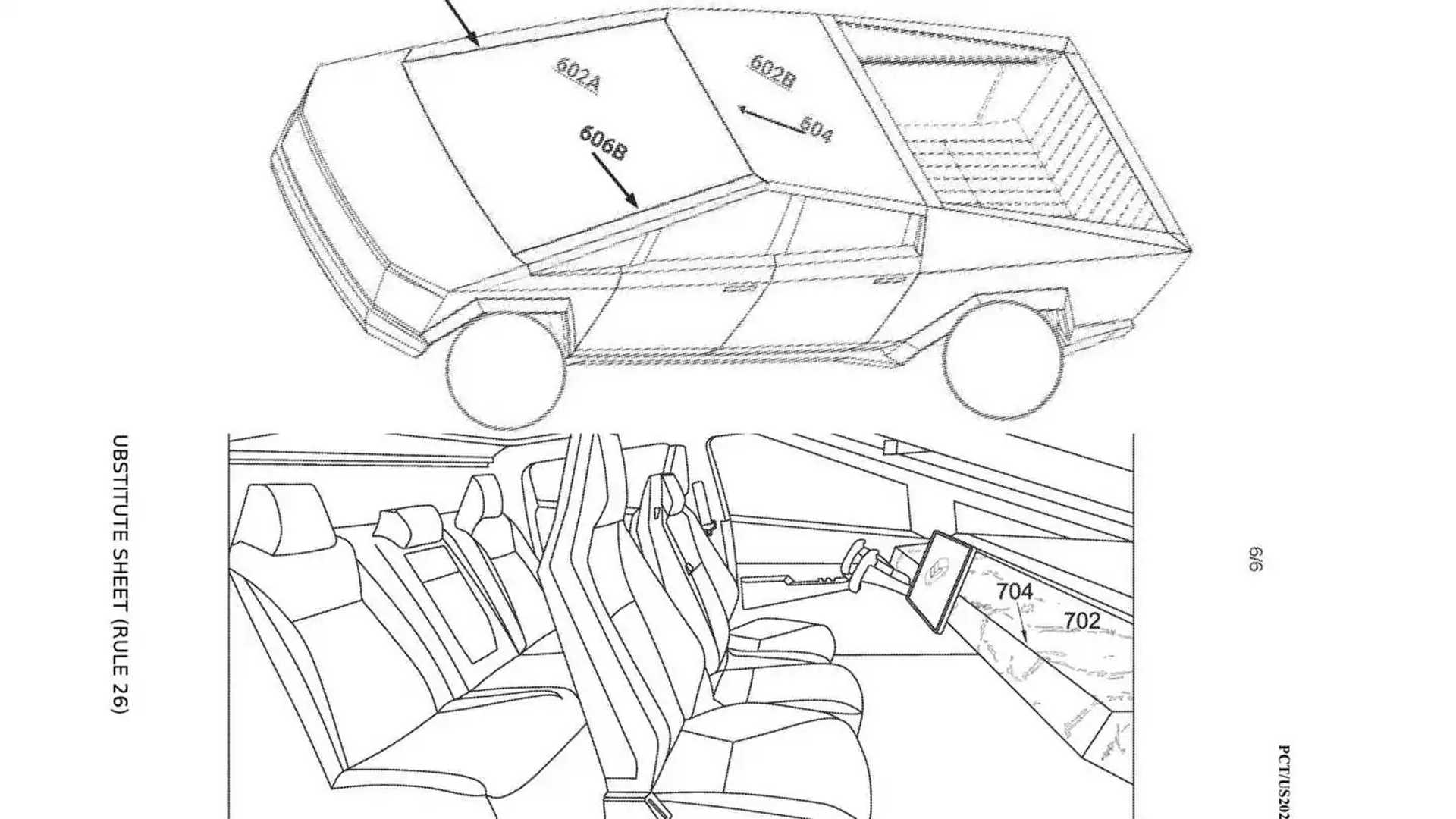
Just adding the title for clarity:
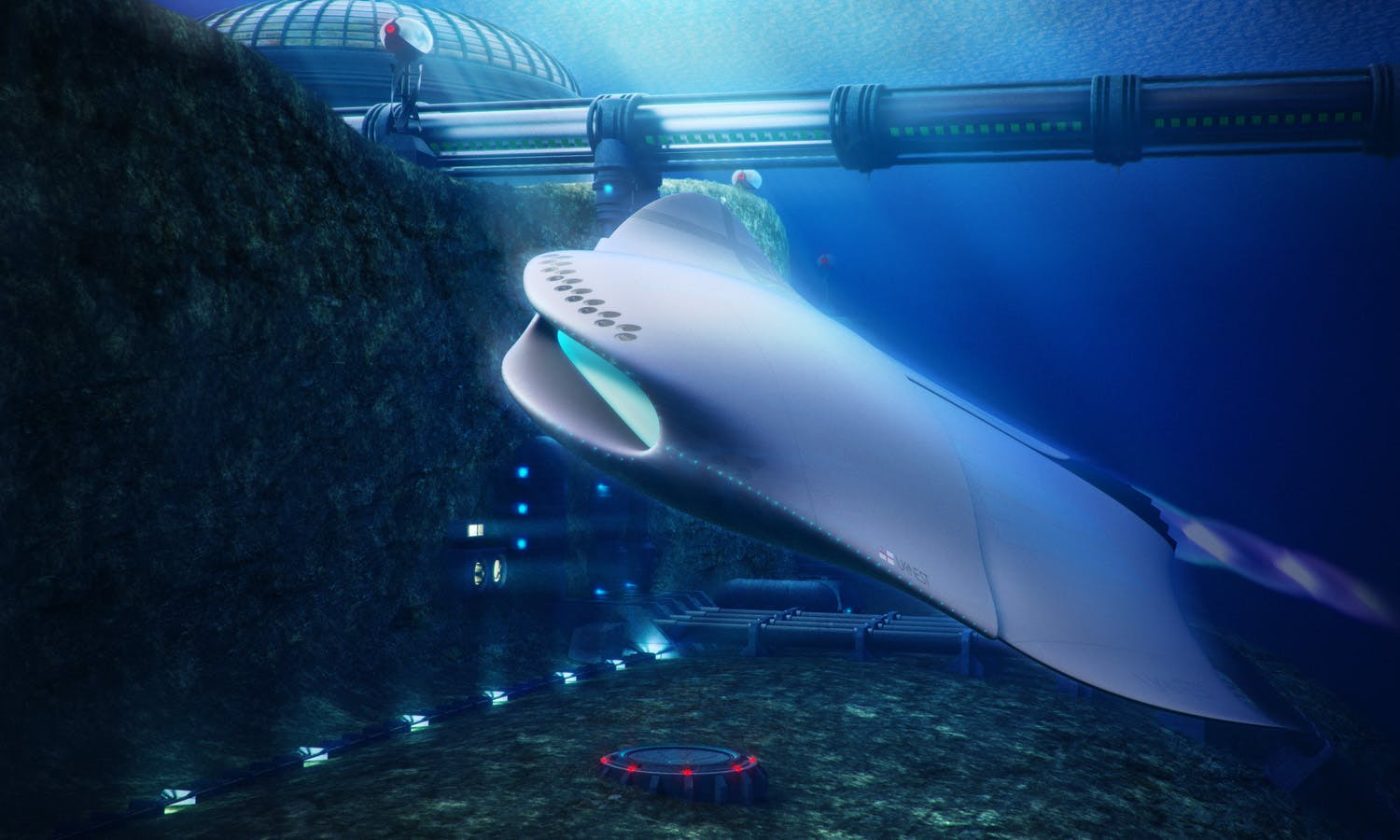
 ukdefencejournal.org.uk
ukdefencejournal.org.uk

